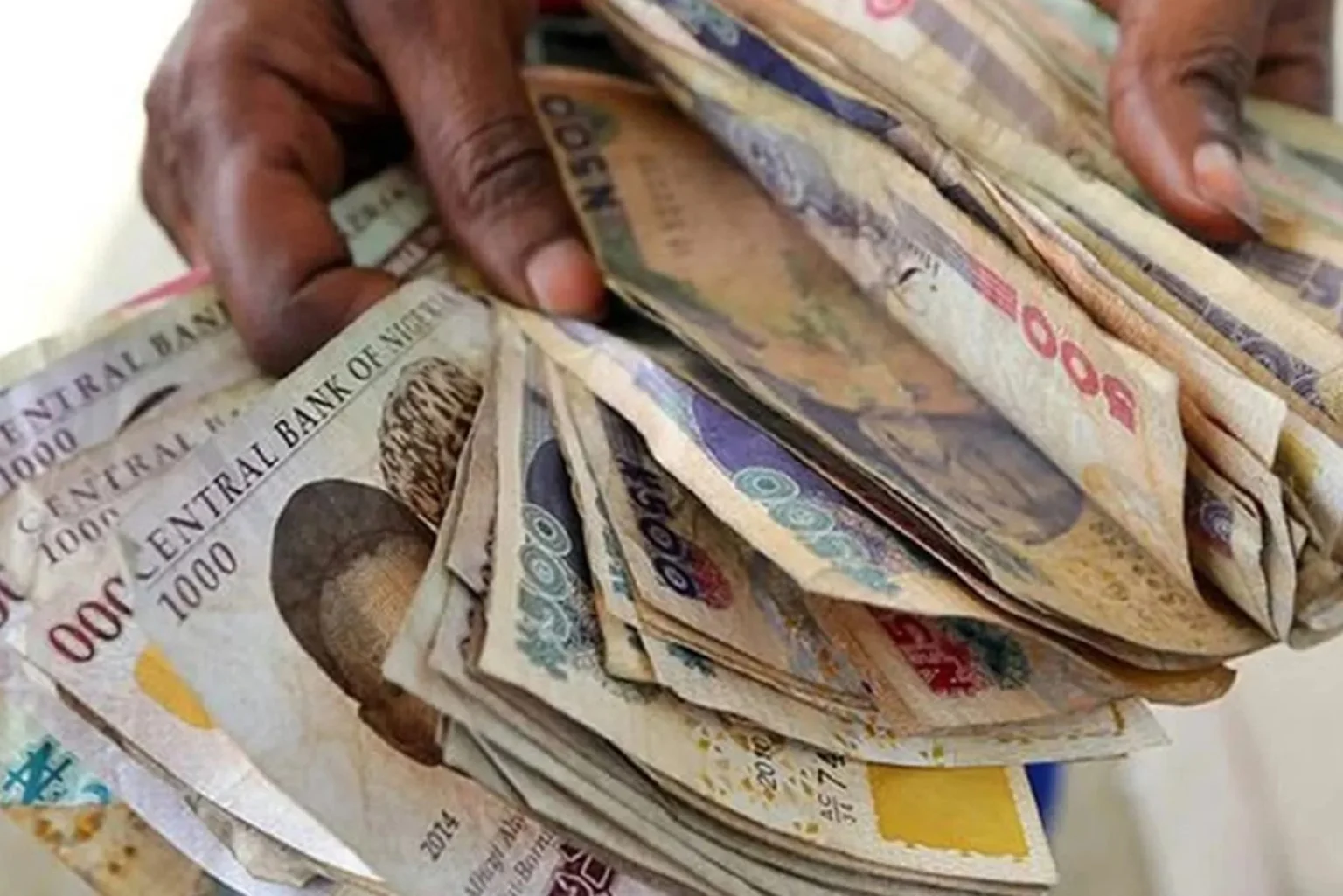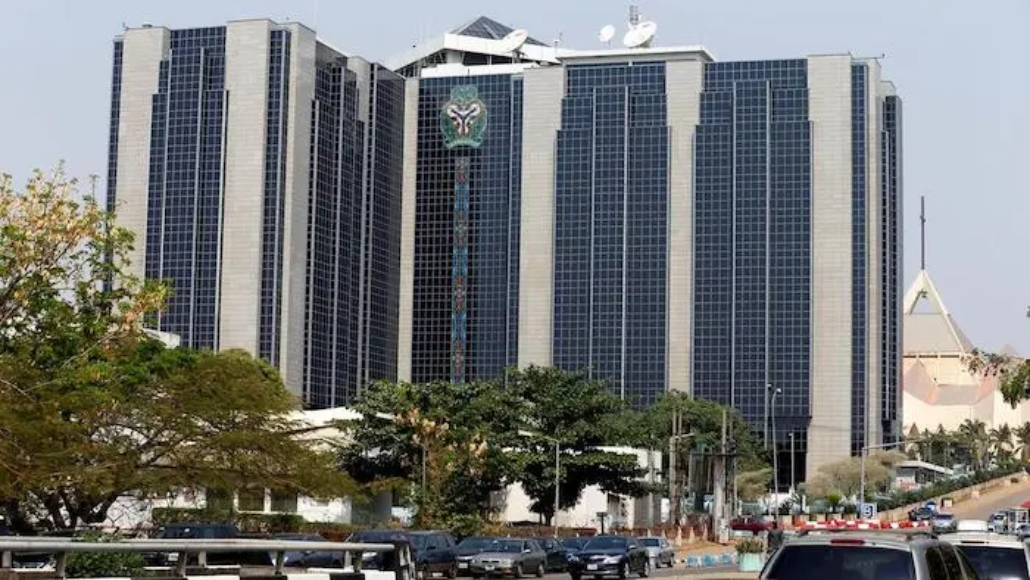
Due to a lack of cash, the Standing Deposit Facility of Nigerian banks decreased by 18%, from N2.94 trillion in October to N2.4 trillion in November.
Additionally, the country’s financial industry is experiencing a lack of liquidity as a result of banks’ Standing Lending Facility, SLF, which climbed month over month by 559 percent to N376.64 billion in November from N57.14 billion in October of this year.
These specifics were obtained by Zingtie from November 2023 financial statistics provided by the Central Bank of Nigeria.
The 18% decrease in the banks’ Standing Deposit Facility and the increase in the Standing Lending Facility have sparked concerns, despite the apex bank’s assurance in a statement on December 11 that Nigerian institutions are resilient.
The reduction in cash deposits brought on by the ongoing Naira shortage is not unrelated to the decline in banks’ SDF.
CBN removed the processing costs for large cash deposits as a remedy.
This comes after the CBN attributed the cash bottleneck mostly to Deposit Money Banks’ large-scale branch withdrawals and consumers’ frantic ATM withdrawals.
The President of the Bank Customers’ Association of Nigeria, Dr. Uju Ogunbunka, stated that the cash shortage has continued in spite of the CBN’s pledge in a Monday interview with Zingtie.
“The problem is that people do not have the money to buy because Naira is scarce. There is still naira scarcity. What is paramount now is the availability of cash”, he said.
Ogunbunka’s position on Naira shortages was supported by Elegede Segun, the Association of Mobile Money and Agent Banking Industry in Nigeria’s secretary-elect.
“Our members no longer rely on banks for cash; we’ve shifted our focus to alternative merchants. And this means we have to pay more to get cash”, he told Zingtie.
Please don’t forget to “Allow the notification” so you will be the first to get our gist when we publish it.
Drop your comment in the section below, and don’t forget to share the post.







